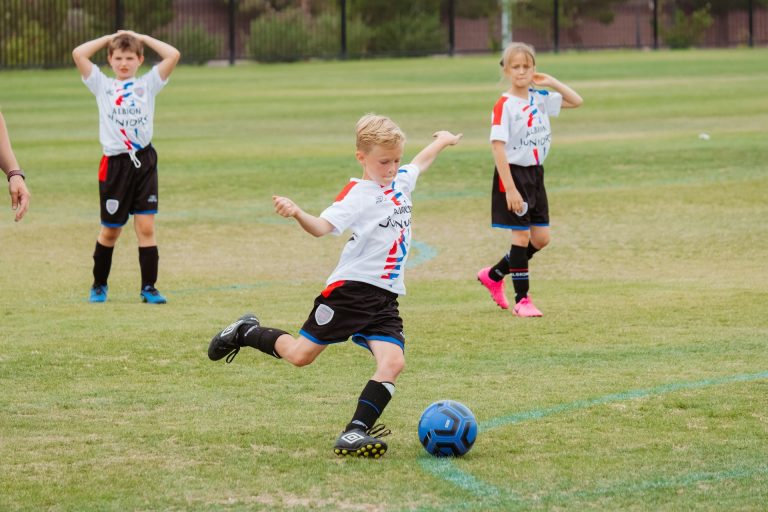Why Does My Toddler Take an Hour to Fall Asleep?

It’s 10 PM, and your toddler is still chattering away in their crib like it’s the middle of the day.
Most parents face this exact scenario night after night. While adults can typically fall asleep within 10-20 minutes, toddlers often need 30-45 minutes or longer to settle down.
This extended bedtime routine leaves parents exhausted and wondering if something is wrong with their child’s sleep patterns.
Several factors delay toddlers’ sleep onset, such as overstimulation, irregular schedules, developmental milestones, and environmental issues. Recognizing these causes helps establish better sleep habits for families.
This guide will examine the most common reasons toddlers struggle to fall asleep quickly, provide evidence-based solutions parents can implement immediately, and help identify when it’s time to consult a pediatric sleep specialist.
What to Expect: Toddler Sleep Patterns
Understanding your toddler’s natural sleep rhythms helps you set realistic expectations for a successful bedtime routine.
Understanding Normal Sleep Behavior
Toddlers require 11-14 hours of total sleep per day, including both daytime naps and nighttime sleep. Their sleep cycles are lighter than those of adults, making them more prone to waking up. Brain development during this stage naturally affects how quickly they settle down for the night.
Most children this age still require one afternoon nap lasting 1-3 hours, though some may drop naps by age 3. Sleep needs to vary between individual children, so slight differences from the average range are completely normal.
How Long Should a Toddler Take to Fall Asleep? Healthy toddlers typically fall asleep within 15 to 30 minutes of being put to bed.
If your child consistently takes longer than 45 minutes to complete tasks, this may signal an issue that requires attention. Room temperature, noise, and recent activities all influence sleep onset timing.
Common Causes Behind Extended Bedtime

Several factors can turn bedtime into a lengthy battle, but identifying the root cause makes finding solutions much easier.
1. Overtiredness or Undersleep
When toddlers become overly tired, their bodies produce stress hormones that actually make it harder for them to fall asleep. This creates a frustrating cycle where exhausted children fight sleep instead of welcoming it.
Poor napping schedules also contribute to nighttime struggles. Children who nap too late in the day or for too long may not feel sleepy at their regular bedtime. Conversely, skipping naps entirely can lead to overtiredness by evening.
2. Anxiety or Fear of Separation
Around 18 months, many toddlers develop separation anxiety that peaks at bedtime. Being alone in their room can feel scary, causing them to resist sleep or call out repeatedly for their parents.
Fear of the dark, monsters, or unfamiliar sounds can also keep little minds active when they should be winding down. These emotional concerns are developmentally normal but require patience and reassurance.
3. Discomfort or Health Issues
Physical discomfort often prevents a quick onset of sleep. Teething pain, ear infections, or congestion can make lying down uncomfortable for toddlers who can’t yet articulate their feelings.
Growth spurts can also temporarily disrupt sleep patterns. During these periods, children may experience leg cramps or general restlessness that interfere with their ability to settle down and get a good night’s sleep.
4. Sleep Environment
External factors significantly impact how quickly toddlers fall asleep. Rooms that are too bright, noisy, or warm create distractions that keep young minds alert.
Electronic devices used close to bedtime emit blue light that suppresses melatonin production, making it harder for children to feel naturally sleepy. Even small nightlights can sometimes provide too much stimulation.
5. Inconsistent Bedtime Routine
Irregular schedules confuse toddlers’ internal clocks, making it difficult for their bodies to prepare for sleep at the appropriate time. Changes like moving to a big kid bed or traveling can temporarily disrupt established sleep patterns.
Without predictable bedtime cues, children don’t receive the signals their brains need to start winding down for rest.
How to Help Your Toddler Fall Asleep Faster
These practical strategies can turn chaotic bedtimes into peaceful transitions that work for the whole family.
| Strategy | Key Action | Implementation Tips |
|---|---|---|
| Create a Calming Bedtime Routine | Same activities, same order nightly | 30-45 minute routine: bath, stories, music. No stimulating play before bed. |
| Ensure a Comfortable Sleep Environment | Optimize room conditions | 68-70°F temperature, blackout curtains, comfortable pajamas, white noise machine. |
| Be Mindful of Daytime Naps | End naps by 3 PM | 1-3 hour naps that finish mid-afternoon to protect nighttime sleep. |
| Addressing Fears and Separation Anxiety | Provide comfort and reassurance | Security items like stuffed animals, a dim nightlight if needed, and avoid bright lights. |
These proven methods require patience and consistency, but most families see improvements within 1-2 weeks of implementation.
When to Seek Professional Help

While most toddler sleep issues can be resolved with consistent routines and environmental adjustments, some situations require expert guidance from pediatricians or sleep specialists.
See a healthcare professional if your toddler takes over an hour to fall asleep most nights despite good sleep habits for weeks.
Additional red flags include frequent nighttime wakings (over 2-3 times), early wakes before 5 AM, or signs like loud snoring or breathing interruptions during sleep.
Behavioral changes during the day can indicate serious sleep issues needing help.
If your toddler experiences persistent mood swings, irritability, concentration problems, or developmental delays, along with sleep difficulties, consult your pediatrician. They can rule out medical conditions and refer you to sleep specialists if necessary.
Conclusion
Extended bedtime battles with toddlers stem from various causes, including overtiredness, separation anxiety, environmental factors, and inconsistent routines.
Creating routines, optimizing sleep spaces, managing naps, and addressing fears can greatly reduce how long toddlers take to fall asleep.
Remember, sleep challenges are a normal part of toddler development, and you’re not alone. Each child is different, so it may take some trial and error to find what works best for your little one.
What sleep strategies have worked best for your toddler? Share your experiences and tips in the comments below to help other parents facing similar bedtime challenges!
For parents looking for additional tips on improving their toddler’s sleep routine, check out our blog on Supportive Tips to Lengthen Your Baby’s Sleep Stretches, which offers helpful strategies for encouraging longer, more restful sleep throughout the night.
Frequently Asked Questions
What is the 2-3-4 Nap Schedule?
The 2-3-4 nap schedule is straightforward: the first nap occurs 2 hours after morning wake-up, the second nap 3 hours after the first nap ends, and bedtime follows 4 hours after the second nap finishes.
What is a Wake Window for a 2-Year-Old?
For 2-year-olds, wake windows typically span 4 to 6 hours between naps. Consistent wake window schedules and observing sleep cues prevent overtiredness and promote better rest.
Does Melatonin Reduce Sleep Latency?
Supplemental melatonin acts as a sleep aid, with studies showing it can reduce the time needed to fall asleep by 5-22 minutes.






